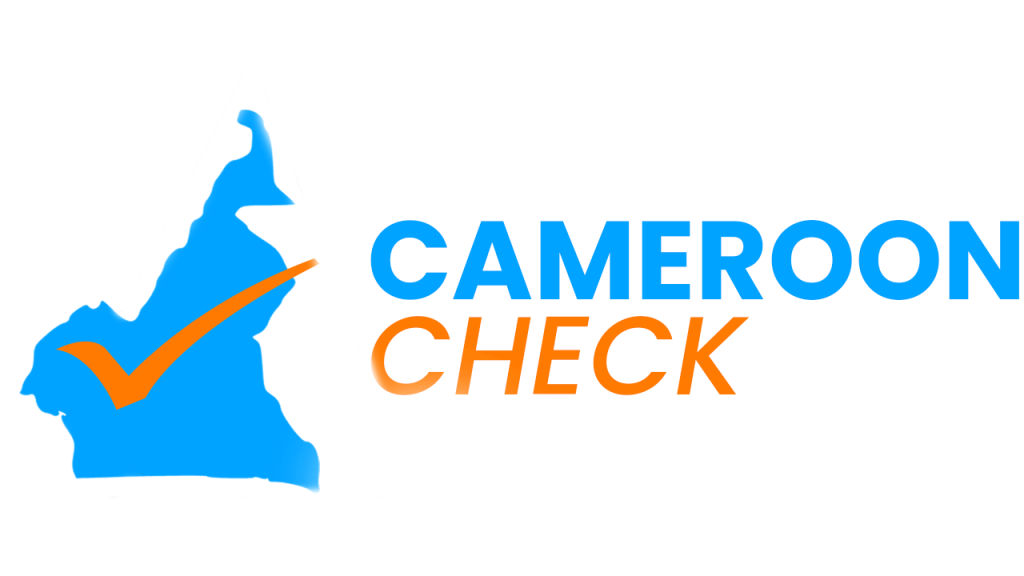The need to be the first to break a news story is important than credibility to many. Citizen journalists do not make the job easier to verify breaking news since its only plausible the media will be saturated with the same news yet different facts. Most reporters focus on how the audience perceive the news emotionally rather than focusing on the facts.
The desire to be the first or amongst the first people to publish a breaking news even without ascertaining all the facts is the current trend. Posting unverified information just to increase their engagements is common amongst those who take online journalism as their main source of income.

As consumers of the news how can you verify breaking news? An easy answer to this is look for credible sources and find visual evidence to support the story. Due to technological advancements, videos can be manipulated, photos altered or used in different context. How rate the rate the reliability of the content on the media vis a vis the information overload. Well there are five critical steps to verification of breaking news on the media. Provenance, date, location, motivation, and what other platforms say about it.
1. Providence
This focuses on answering questions such as what account first distributed the story, or a piece of the content, who created the article or captured the original piece of content. Providence in other words is the basic question you ask yourself about the authenticity of the article, who wrote it, when and why.
Do not be quick to share information even when its highlighted “share as you receive”. The conspiracy theories and unfounded facts about COVID-19 disseminated on the media increased the number of patients due to misinformation.
Information is bound to spread on social media before conventional media because of eye witnesses. Because your friend sends you a message or you saw it on your social media feed does not make it reliable. Check other news sources to corroborate the news. Trustworthy media organs in Cameroon are —-. A common sign for spotting unreliable content is grammatical and spelling errors in the text or website.
2. Date and Location
The date of publication of a post is crucial in content verification. For an example, the Eseka train accident in 2013. A few hours after the accident and reports about the cause of the accident or the number of people injured of dead cannot be available at that time before being made to the public. Any platform that shares any information as such is misleading.

For graphical evidence look at the background in a video or photo for clues to its location. You should be able to answer questions such as where was the account established, the website created, or piece of content captured? The answers will help you access the credibility of the source and the content. If you establish a location, you can search online to establish if news like it has been reported in the area.
3. Check Multiple Source
There is a high chance of breaking news to have various narratives and the fact that picture and videos are often seen as visual evidence to back up a story, more often than not they are being doctored.
Compare the information you have with other sources. In order to identify reliable websites or blogs google created a tag system where credible and verified news agencies have meta tags at their domains to differentiate them from others. The meta-tag will be unique for each domain. Once a website/blog have implemented the meta verification, your account will have the authority to configure and prioritise conversion events. Google has other verification procedures, for more on that check the link below. Verify breaking news
4. Ask official organisations and Fact-checkers
What better way to confirm a story if it’s from the horse’s mouth. Through press releases companies, institutions and celebrities are able to confirm or debunk a story. Official international websites such as UNICEF, WHO, UNFDP amongst others are reliable website were information on health, humanitarian, women’s right is published. In Cameroon, official social media pages of the president, and ministers are official mediums of information.
Searching fact-checking organisations for claims around a breaking news story can also help you separate fact from fiction. Some fact-checking organisations in Africa include: Africa Check, AFP Fact Check, PesaCheck, Dubawa.
Factchecks
Beware! Social Media Tricks To Hack Your Account Or Defraud You
Green Falcons Promised Outrageous Gifts
The Kenyans lured to become unwitting ‘love’ fraudsters
Fact-checking Giorgia Meloni’s claim about France
Reproductive Tech: Babies Can’t Grow Outside The Womb
